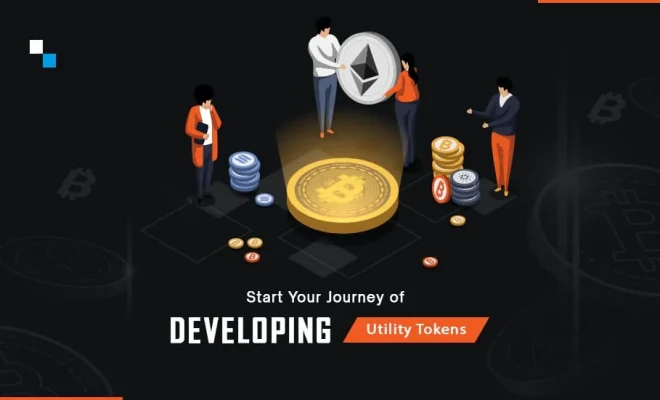How utility tokens power blockchain ecosystems efficiently?

Utility tokens serve as functional assets that enable specific operations within blockchain networks and decentralized applications. These digital assets provide access to services, facilitate governance participation, and incentivize network participation through programmed economic mechanisms. The token-based approach aligns participant incentives while creating sustainable financial models that support long-term network growth and development across various blockchain platforms and applications. With projects ranging from infrastructure protocols to community tokens, little pepe shows how utility functions create value beyond monetary exchange. These functional assets enable complex ecosystem operations through programmable incentive structures coordinating participant behaviour toward common goals.
Network operation fuel
Utility tokens function as transaction fees that power blockchain operations while creating demand for the underlying asset through network usage. This mechanism ensures tokens maintain practical value tied to network activity rather than speculative trading alone. The fee structure creates natural burning mechanisms that reduce token supply as network usage increases, establishing deflationary pressure that benefits long-term holders. Gas fee models using utility tokens create predictable cost structures for developers and users while generating revenue for network validators and stakeholders. This economic design aligns network security incentives with token value preservation, creating sustainable models that support continued operation and growth.
Incentive alignment mechanisms
Tokens create economic incentives, encouraging behaviours beneficial to overall ecosystem health and growth. Participants earn tokens for providing valuable services like computing power, data validation, content creation, or liquidity provision. These reward systems align individual profit motives with collective ecosystem benefits through carefully designed tokenomics structures. The incentive mechanisms create positive feedback loops where increased participation improves network functionality, increasing token demand and value and incentivizing further involvement. This alignment ensures ecosystem growth benefits all stakeholders rather than concentrating value among specific participant groups.
Access control frameworks
A token is a digital key that grants access to premium features, exclusive content, or advanced functionality within blockchain applications. This access control model creates utility value for token holders while generating revenue for application developers through token sales or subscription models. The programmable nature enables flexible access tiers and time-based permissions. Subscription models using utility tokens provide predictable revenue streams for developers while offering users flexible payment options. Token-based access eliminates traditional payment processing overhead while enabling global participation without geographic restrictions imposed by conventional payment systems.
Ecosystem interoperability bridges
Utility tokens facilitate value transfer and communication between blockchain networks through cross-chain protocols and bridge mechanisms. These interoperability solutions enable tokens to function across multiple ecosystems while maintaining utility properties. The cross-chain functionality expands token utility beyond single-network limitations. Bridge protocols using utility tokens create seamless user experiences where assets can move between different blockchain environments based on specific needs or opportunities. This interoperability increases token utility by expanding the range of applications and services accessible to token holders across the broader blockchain ecosystem.
Economic sustainability models
Token economics create self-sustaining ecosystems where utility demand generates sufficient revenue to fund ongoing development, security, and infrastructure maintenance. The sustainable models balance token supply mechanisms with demand drivers to maintain long-term value stability. These economic models create passive income opportunities for token holders while ensuring ecosystem profitability supports continued innovation and expansion across various application categories and use cases. Utility tokens power blockchain ecosystems through multifaceted functionality that creates value, coordinates behaviour, and sustains operations while aligning participant incentives toward collective success and long-term ecosystem development.








